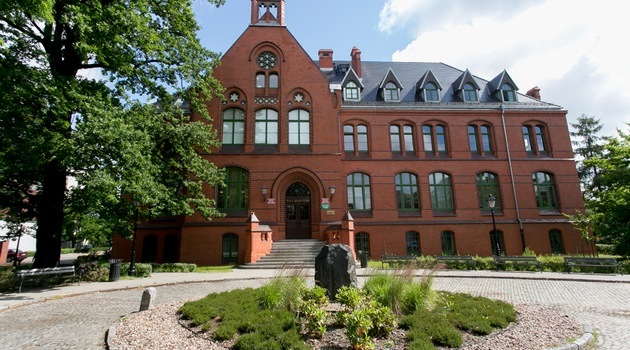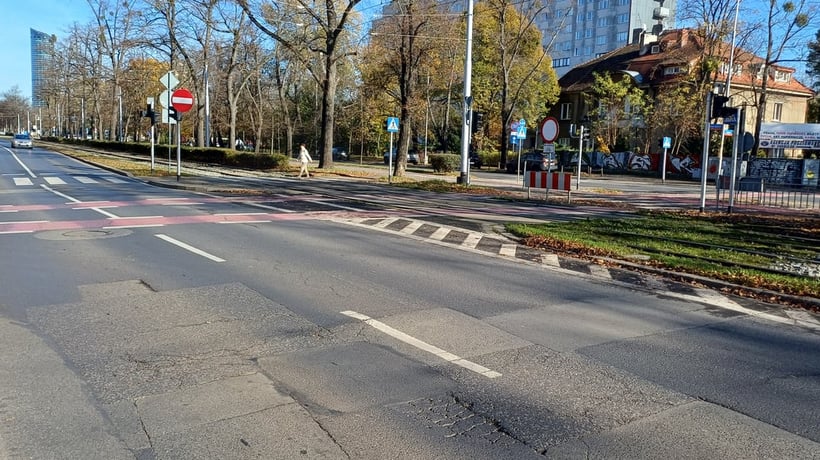The university centre will be provided with anatomical models and a complex digital system. The equipment of this kind can be programmed to simulate symptoms of any disease. Students are then given the task to identify the illness, formulate a diagnosis and offer suitable treatment.
"The labs will also be equipped with digital anatomical tables", says Professor Michał Jeleń, Vice-Rector for Educational Affairs at the Medical University of Wroclaw.
A large screen shows each and every element of the human body, including the vascular, the respiratory and the neurological systems as well as the bone structure. The imaging is extremely detailed so that you can see the tiniest capillaries. You can easily enlarge the image and turn it any way you like. The apparatus also allows students to practise surgical operations, e.g. incisions.
Professor Michał Jeleń: "When I was a student, we practised intramuscular injections on our colleagues. Students are still honing their skills as surgeons, such as stitching up, on chicken thighs. These days, prospective doctors have also classes in morgues and clinical hospitals, where they can gather hands-on experience by working with real patients. The patients, however, may not be exposed to any arduous examinations and treatments".
The centre will provide training to the students of the Medical Faculty and the Faculty of Dentistry as well as prospective nurses and midwives. "Modern anatomical models are so perfect that you can use them to teach all the procedures that are in force during real labour", points out the Vice-Rector for Educational Affairs. "Having said that, even the best apparatus won't be able to replace human beings. Students need to work with other people to learn empathy and the rules of interaction with their patients. We have to bear this in mind, as this is a very important component of the doctor-patient relationship".
In order to create the centre, the Governance of the Medical University of Wroclaw is planning to convert the former cafeteria in the Old Campus area. The renovation of the building and the provision of suitable equipment are going to cost around 30 million PLN, the majority of which will be subsidised by the Polish Ministry of Health.






